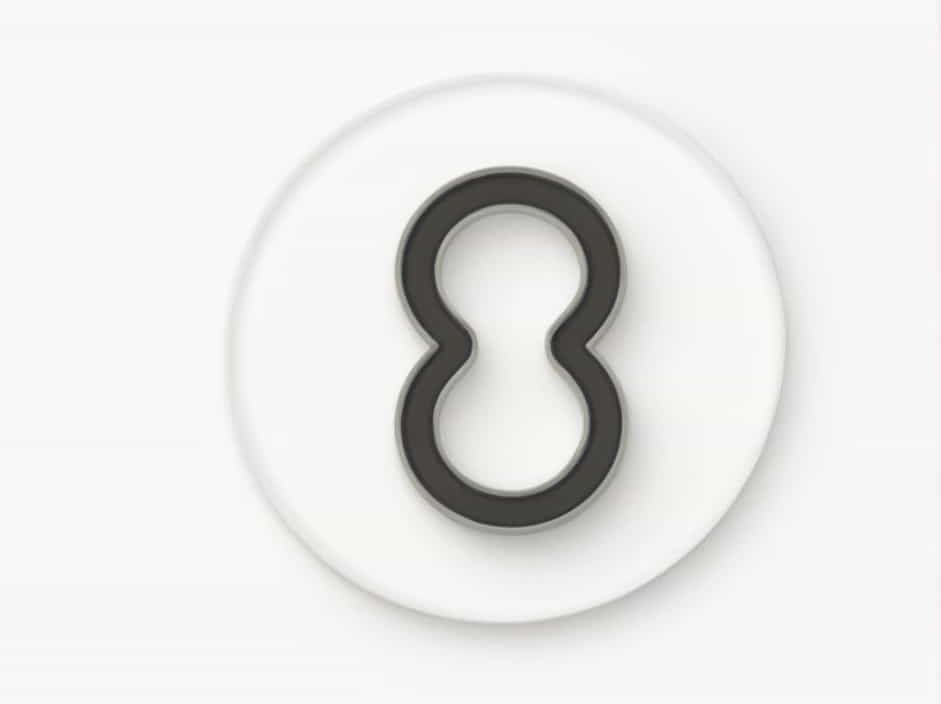The ileum is an essential part of the digestive system, specifically the small intestine. It plays a critical role in absorbing nutrients and ensuring that the body gets the necessary vitamins and minerals from food.
Many people confuse “ileum” with “ilium,” a bone in the pelvis, but they are entirely different. This topic will explain the definition, function, structure, and importance of the ileum in the human body.
Definition of Ileum
1. What Is the Ileum?
The ileum is the final section of the small intestine, located between the jejunum (the middle part of the small intestine) and the cecum (the first part of the large intestine). It is responsible for absorbing essential nutrients, bile salts, and vitamin B12 before passing the remaining food to the large intestine.
2. How Long Is the Ileum?
The ileum is approximately 2 to 4 meters (6 to 13 feet) long, making it the longest segment of the small intestine. Despite its length, it is narrower in diameter compared to the jejunum.
Anatomy and Structure of the Ileum
1. Layers of the Ileum
The ileum, like the rest of the digestive tract, consists of four main layers:
- Mucosa – The innermost layer that absorbs nutrients.
- Submucosa – Contains blood vessels, nerves, and lymphatic tissue.
- Muscularis – Helps move food through peristalsis (muscle contractions).
- Serosa – The outermost protective layer.
2. Peyer’s Patches: The Ileum’s Immune Defense
The ileum contains Peyer’s patches, small lymphoid tissues that help detect and fight harmful bacteria. These patches are crucial for immune system function within the digestive tract.
Function of the Ileum
1. Absorption of Nutrients
The ileum is the final site of nutrient absorption before waste moves to the large intestine. It absorbs:
- Vitamin B12 – Essential for red blood cell production and brain function.
- Bile Salts – Recycled to the liver for digestion.
- Electrolytes and Water – Helps maintain the body’s hydration and balance.
2. Connection to the Large Intestine
The ileum is connected to the cecum through the ileocecal valve, which prevents waste from flowing backward into the small intestine.
Common Diseases and Disorders of the Ileum
1. Crohn’s Disease
Crohn’s disease is a chronic inflammatory condition that often affects the ileum. Symptoms include:
- Abdominal pain
- Diarrhea
- Weight loss
- Fatigue
2. Ileitis
Ileitis refers to inflammation of the ileum, which can be caused by infections, autoimmune diseases, or Crohn’s disease.
3. Short Bowel Syndrome
If a portion of the ileum is surgically removed due to disease or injury, the body may struggle with nutrient absorption, leading to malnutrition.
How to Keep the Ileum Healthy
1. Eat a Balanced Diet
A healthy diet supports proper digestion. Include:
- Fiber-rich foods (fruits, vegetables, whole grains)
- Lean proteins (chicken, fish, tofu)
- Healthy fats (avocados, olive oil, nuts)
2. Stay Hydrated
Drinking enough water helps the ileum efficiently absorb nutrients and electrolytes.
3. Avoid Processed Foods
Highly processed foods can cause inflammation and disrupt digestion. Limit sugar, artificial additives, and unhealthy fats.
The ileum is a vital part of the digestive system, responsible for absorbing essential nutrients and supporting overall health. Understanding its function can help maintain a healthy gut and prevent digestive disorders. By following a balanced diet, staying hydrated, and avoiding processed foods, you can keep your ileum functioning properly for a lifetime of good health.
